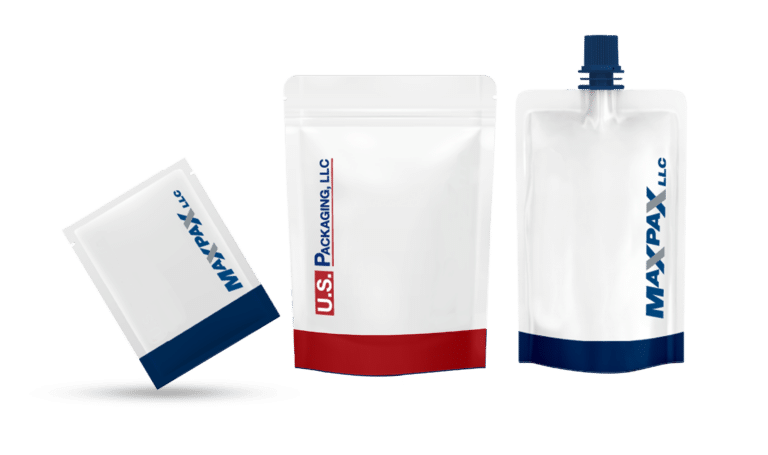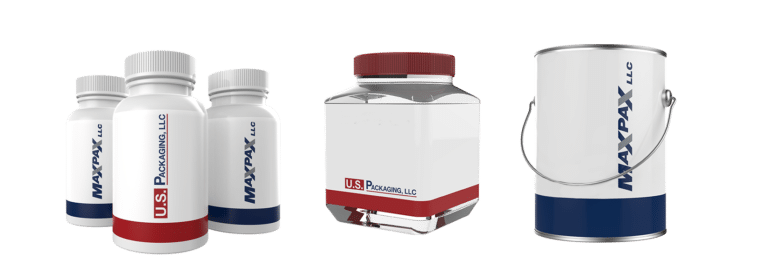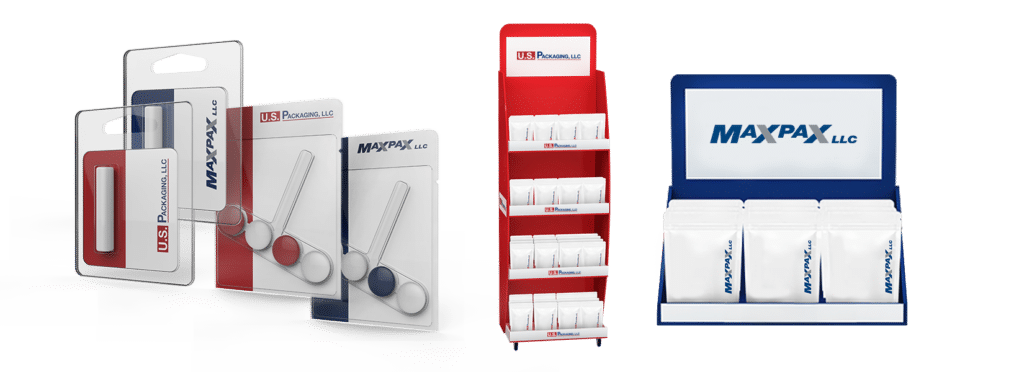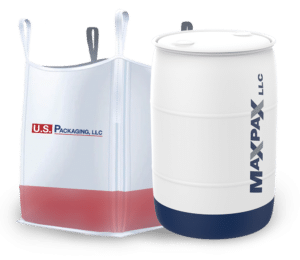
For consumer satisfaction, packaging containers play a critical role in shaping the customer experience. Whether you’re in food and beverage, personal care, pharmaceuticals, or household goods, the container is often the first physical touchpoint a consumer has with your product. Understanding how packaging containers impact satisfaction can inform smarter decisions, better brand loyalty, and streamlined operations for supply planners, contract manufacturing managers, and external manufacturing leaders.
1. First Impressions Drive Brand Perception
Packaging containers act as silent brand ambassadors. Consumers judge quality and value within seconds of seeing or handling a product. A sleek, sturdy container builds confidence. A poorly designed one raises questions before the product is even used. For high-velocity CPG categories like candy or personal care, that initial interaction could determine whether the product ends up in a cart or left on the shelf.
2. Functionality and Convenience Matter
Packaging is more than just appearance—it needs to function seamlessly in the hands of the consumer. Packaging containers should simplify use and fit modern lifestyles, whether it’s an easy-to-open food pouch, a resealable nutraceutical jar, or a mess-free dispenser for automotive fluids. Inconvenience leads to frustration, and frustration erodes brand trust.
3. Durability Protects the Product—and Your Reputation
Nothing like a leaking bottle, a crushed box, or a tampered seal undermines consumer satisfaction. Packaging containers are the first line of defense in product protection. This is especially important in pharmaceuticals, household cleaners, and other high-stakes products where contamination or spills can be serious. Durability is also a key concern for external manufacturing teams managing transportation and warehousing.
4. Sustainability Is a Growing Expectation
Sustainability is no longer a bonus—it’s an expectation. Modern consumers are more aware of how their purchases impact the environment. Packaging recyclable, reusable, or biodegradable containers contributes to a positive brand image. Supply planners and presidents should consider how their packaging choices influence perception and compliance with corporate sustainability goals.
5. Packaging Containers Influence Repeat Purchases
Great packaging doesn’t just attract new buyers—it keeps them. Consumers are more likely to repurchase products that are easy to store, use, and dispose of. For example, refillable or multi-use containers in personal care or food categories help deepen brand loyalty.
6. Strategic Selection Supports Operational Efficiency
For contract manufacturing managers, the choice of packaging containers can make or break a production run. Compatible container formats can speed up line changeovers, improve fill accuracy, and reduce downtime. When aligned with supply chain goals, the right packaging format boosts efficiency across the board.
Final Thoughts
In the CPG world, packaging containers are a strategic asset. From driving first impressions to protecting quality and streamlining production, the container does far more than hold product—it holds consumer trust. For brands seeking to elevate satisfaction and loyalty, investing in the right packaging containers is smart with long-lasting returns.






